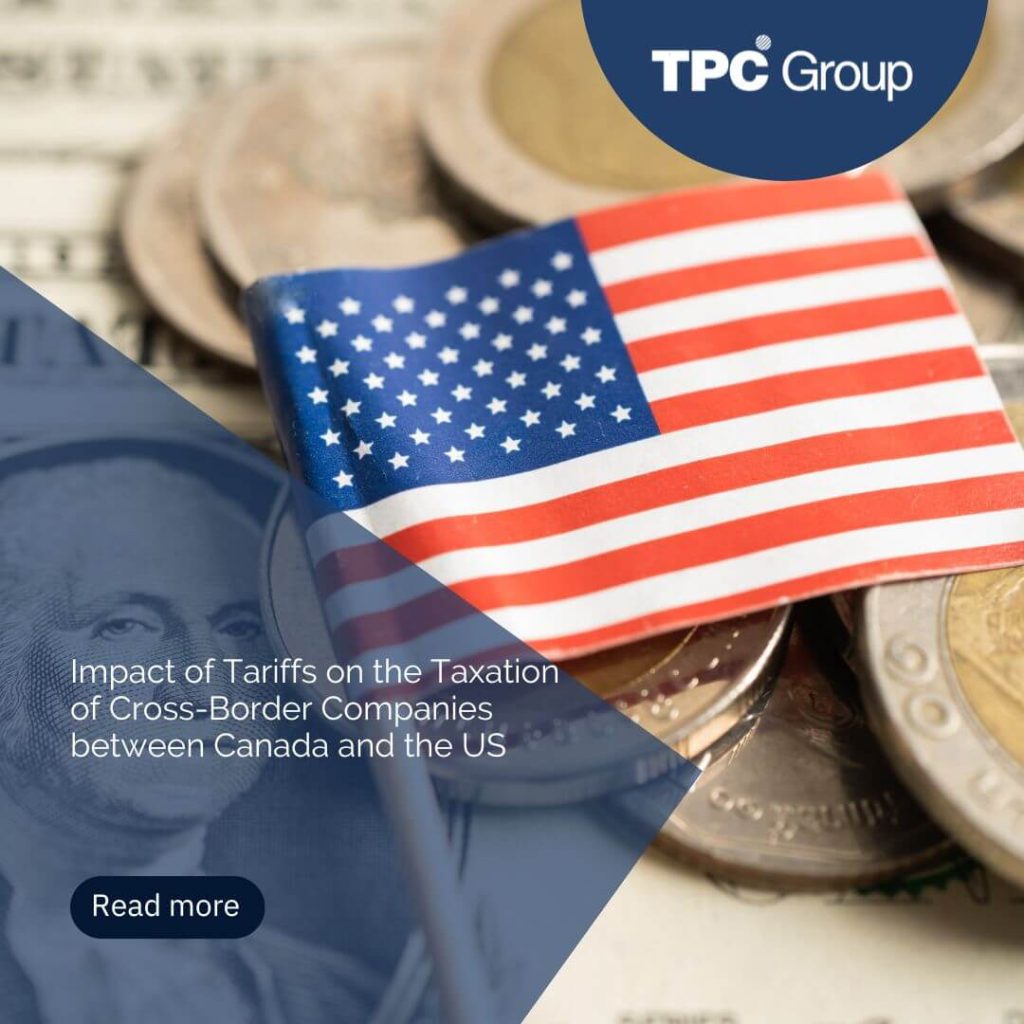United States Regulation
Transfer pricing regulations are governed by Section 482 of the Internal Revenue Code (IRC), which establishes guidelines for the allocation of income, deductions, credits, and allowances among related business entities. This legal framework aims to ensure that related party transactions reflect the prices or conditions agreed upon by independent parties under Arm’s Length conditions.
Arm’s Length Principle
The fundamental rule governing Transfer Pricing regulations in the United States is the Arm’s length Principle. This Principle requires that the outcomes of related party transactions be consistent with those obtained between independent parties under similar circumstances.
The Arm’s Length Principle plays a key role in Transfer Pricing compliance and helps prevent the erosion of the tax base and the profit shifting. It aims to ensure that related party transactions are conducted fairly and transparently, reflecting market conditions and avoiding any undue tax advantages.
Application Scope
Transfer Pricing regulations apply to all taxpayers in the United States, including branches of foreign companies. Section 482 of the IRC authorizes the Internal Revenue Service (IRS) to allocate income, expenses, and other items among related entities to ensure an Arm’s Length result.
Transfer Pricing Methodology
The United States legislation does not determine a hierarchy in the choice of analysis method. Instead, it indicates that the method that best reflects the economic reality of the compared operations should be applied. The importance of documentation supporting the selected method employed to determine transfer prices is recognized. The accepted methods are:
- Comparable Uncontrolled Price Method (CUP)
- Resale Price Method (RPM)
- Cost Plus Method (CPM)
- Transactional Net Margin Method (TNMM)
- Profit Split Method (PSM)
Supporting Documentation
Taxpayers must maintain two categories of documentation: Principal documents and background documents. Principal documents include:
- General description of the taxpayer’s business
- Description of the taxpayer’s organizational structure
- Description and rationale for the selected method
- Description of transactions within the scope of transfer pricing
- Description of comparables and adjustments applied
- Description of any relevant data obtained after the end of the fiscal year and before filing a tax return
- General index of principal and background documents
- Description of the record-keeping system used to catalog and access those documents
- Any documentation specifically required by the 482 regulations
All principal documents must be presented to the IRS within thirty (30) days following a request.
Country-by-Country Report
As of June 30, 2016, the parent entities of U.S. multinational groups with revenues exceeding USD 850 million must submit Form 8975, which details information on income, taxes paid, and other economic group indicators. This form is filed with the parent entity’s income tax return and automatically exchanged with the tax authorities of countries with bilateral agreements.
The IRS will automatically exchange information from Form 8975 with the tax authorities with which the United States has a bilateral competent authority agreement. Conversely, information from a U.S. multinational group will only be exchanged with those countries the U.S. multinational group reports doing business.
Form 8975 can be filed in XML format. For parent entities prevented from filing electronically, they must file the form along with the income tax return paperwork.
Penalties
Non-compliance with the Transfer Pricing regulations can result in significant penalties. Section 6662 of the IRC establishes penalties of 20% and 40% for adjustments attributable to Section 482, depending on the magnitude of the difference between the transfer price and the Arm’s Length price.




